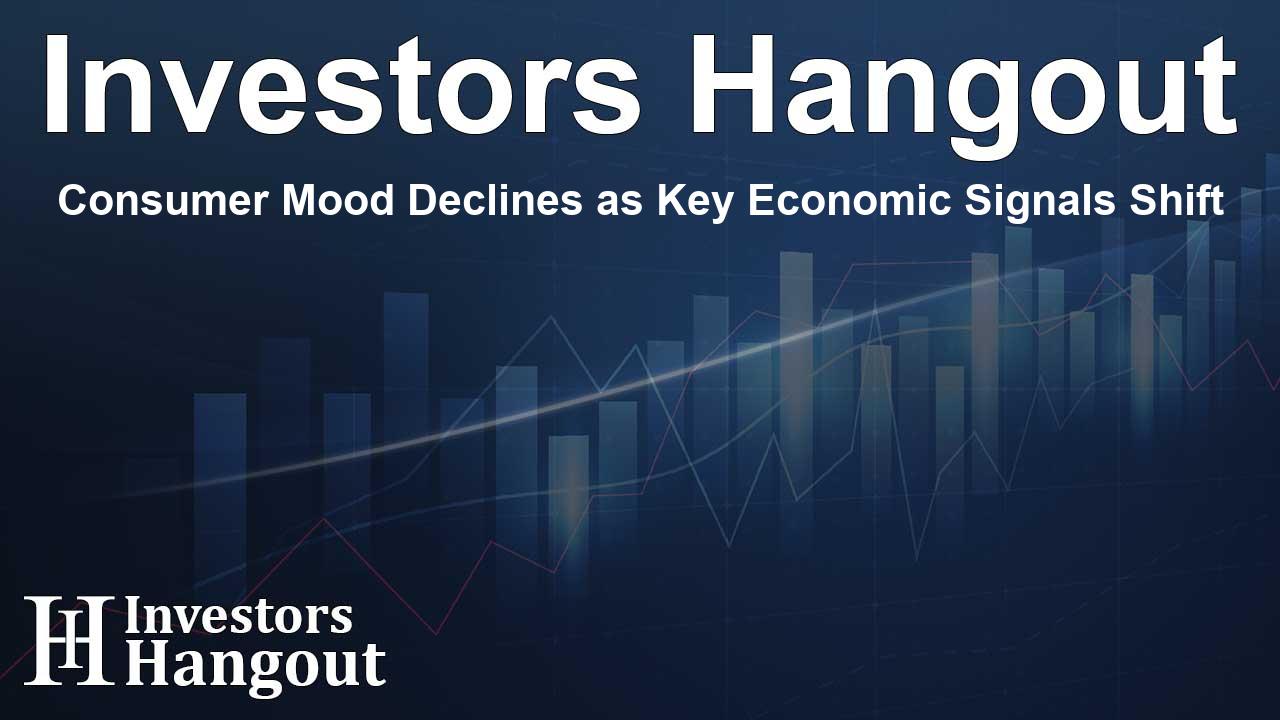Consumer Mood Declines as Key Economic Signals Shift

US Consumers' Deteriorating Sentiment Across Income Levels
A recent analysis indicates a troubling trend among US consumers, as negative sentiment becomes prevalent across diverse income groups. The findings from the latest Bain & Company/Dynata Consumer Health Indexes reveal a shift in consumer outlook that may herald challenging times ahead for spending.
The Decline in Consumer Outlook: All Income Groups Affected
The headline gauge of consumer prospects, as reported by the CHI, fell notably in August, moving down to 100.2 from July’s 101.0. This shift underscores a growing sense of uncertainty among American households, suggesting a more fragile consumer environment is developing.
Impact on Lower-Income Americans
Notably, lower-income households, earning below $50,000 annually, have seen their outlook dip to 96.4 this month. This marks the third consecutive month trapped at the lower end of the gauge's range. In contrast, middle-income households, earning between $50,000 and $100,000 annually, also reported a drop of 0.7 points to 99.5, falling below the neutral level for the first time since mid-2023.
Upper-Income Households Show Signs of Caution
While those in the upper-income bracket perceive their situation as more secure, there are emerging signs of a reduction in optimism among this demographic. The CHI's outlook for high-income Americans fell by 1.2 points to 104.3 in August. The increase in spending intentions was minimal, suggesting a potentially cautious approach ahead.
Warnings from Industry Experts
Brian Stobie, a vice president at Bain & Company, noted the alarming signals being dispatched from all income tiers. The decline in outlook readings from lower-income and middle-income households is particularly concerning. Stobie recommends that businesses prepare for scenarios that include weakened consumer demand in the forthcoming quarters.
Job Market Concerns Affecting Lower-Income Groups
The worsening outlook among lower-income households corroborates worries about labor market conditions. This sentiment is a clear indicator that challenges are surfacing in employment opportunities for these individuals. Despite the grim outlook, the spending intentions for this income group have remained stable at 99.0, although swift changes may occur if job losses begin to rise.
Middle-Income Consumers Holding Steady, but Cautiously
Middle-income consumers are currently maintaining their spending intentions. However, a notable drop in the intent to incur debt was observed, signaling a shift in behaviour toward savings. With this drop to 95.1, the lowest since 2020, it appears that middle-income earners are beginning to prepare for potentially tougher financial conditions.
Trend Towards Pessimism in Consumer Behavior
As the CHI data suggests, a growing group of US consumers are sinking into a pessimistic outlook, even if broader economic indicators do not yet reflect this change. While upper-income earners play a significant role in sustaining discretionary spending, the overall shift in consumer perceptions is concerning and should be integrated into business planning processes.
A Shift in Upper-Income Sentiments
The findings indicate that, despite upper-income households enjoying some level of financial confidence, there’s a perceptible shift in sentiment. Stobie commented on the lack of the usual housing-market tailwinds that typically float middle-income optimism, further consolidating a cautious approach to financial planning as market conditions evolve.
Frequently Asked Questions
What is the current sentiment among US consumers?
The current sentiment indicates a decline in optimism across all income brackets, raising concerns about future spending.
How have lower-income households fared in this downturn?
Lower-income households have experienced a significant decline in their outlook gauge, marking a notable downturn over the past few months.
What are experts predicting for consumer spending in the coming months?
Experts are advising businesses to prepare for scenarios that could involve weakening consumer demand, urging a cautious approach.
Are middle-income consumers showing any signs of change?
Middle-income households are displaying stable spending intentions but a marked decrease in the willingness to use debt, indicating a shift towards saving.
What do the indicators suggest for the upper-income consumers?
Indicators for upper-income consumers show a decline in optimism and spending intentions, suggesting a shift towards a more cautious economic outlook.
About The Author
Contact Thomas Cooper privately here. Or send an email with ATTN: Thomas Cooper as the subject to contact@investorshangout.com.
About Investors Hangout
Investors Hangout is a leading online stock forum for financial discussion and learning, offering a wide range of free tools and resources. It draws in traders of all levels, who exchange market knowledge, investigate trading tactics, and keep an eye on industry developments in real time. Featuring financial articles, stock message boards, quotes, charts, company profiles, and live news updates. Through cooperative learning and a wealth of informational resources, it helps users from novices creating their first portfolios to experts honing their techniques. Join Investors Hangout today: https://investorshangout.com/
The content of this article is based on factual, publicly available information and does not represent legal, financial, or investment advice. Investors Hangout does not offer financial advice, and the author is not a licensed financial advisor. Consult a qualified advisor before making any financial or investment decisions based on this article. This article should not be considered advice to purchase, sell, or hold any securities or other investments. If any of the material provided here is inaccurate, please contact us for corrections.
